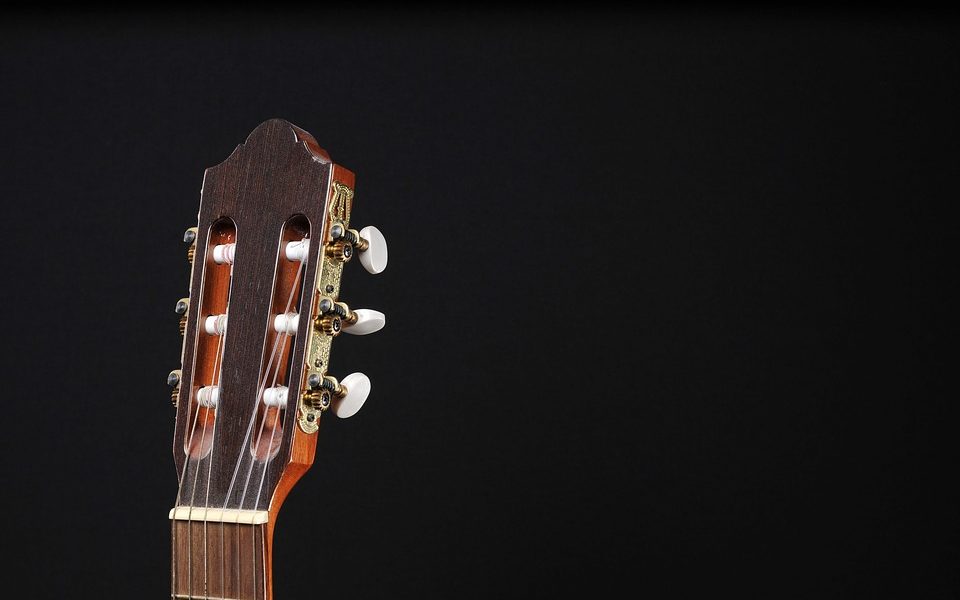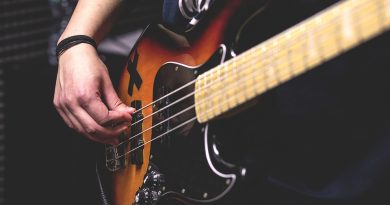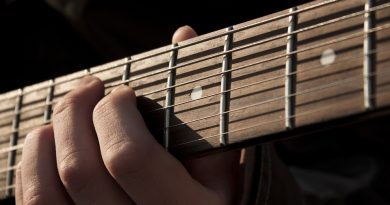Mastering the Basics: A Beginner’s Guide to Rhythm Guitar Techniques
Mastering the Basics: A Beginner’s Guide to Rhythm Guitar Techniques
If you’re just starting out on your journey to becoming a proficient guitarist, mastering rhythm guitar techniques is essential. These techniques form the foundation for playing in a band, accompanying singers, and even composing your own music. In this guide, we’ll cover the basics of rhythm guitar playing and provide tips for beginners to help you get started on the right track.
Understanding the Role of the Rhythm Guitarist
Before diving into specific techniques, it’s important to understand the role of the rhythm guitarist in a band or musical ensemble. While lead guitarists often take center stage with flashy solos and melodies, the rhythm guitarist’s primary role is to provide a solid foundation for the music. This includes maintaining the tempo, providing harmonic support, and enhancing the overall groove of the song.
1. Holding the Guitar Properly
Before you can start learning rhythm guitar techniques, it’s essential to ensure that you’re holding the guitar correctly. This will not only make playing more comfortable but also improve your technique and overall sound quality. Be sure to sit up straight, with the guitar resting comfortably on your lap. Your strumming hand should be positioned near the soundhole, while your fretting hand should be able to reach all the desired notes easily.
2. Developing Proper Strumming Technique
One of the first rhythm guitar techniques you’ll need to master is strumming. This involves using a pick (or your fingers) to strike the strings in a consistent and controlled manner. To develop proper strumming technique, start by practicing simple downstrokes and upstrokes on open strings. Focus on keeping your wrist loose and relaxed, with a light touch on the strings for a clean sound.
3. Learning Basic Chord Shapes
Chords are the building blocks of rhythm guitar playing, so it’s essential to learn the basic chord shapes early on. Start with simple open chords like C, G, D, and A, and practice transitioning between them smoothly. As you become more comfortable with these chords, you can start exploring more advanced shapes and voicings to add complexity to your playing.
4. Mastering Rhythm Patterns
Once you’ve mastered basic strumming and chord shapes, you can start experimenting with different rhythm patterns. These patterns determine the groove and feel of the music, so it’s essential to practice them regularly. Start with simple patterns like the classic “down, down-up” strumming pattern, and gradually move on to more complex patterns as you improve your skills.
5. Using Dynamics and Articulation
Dynamics and articulation are essential elements of rhythm guitar playing that can add depth and emotion to your music. Experiment with playing softly and loudly, as well as using techniques like palm muting, hammer-ons, and pull-offs to create interest in your playing. Remember to pay attention to the dynamics of the song and adjust your playing accordingly to enhance the overall musicality.
6. Practicing with a Metronome
One of the most effective ways to improve your rhythm guitar skills is to practice with a metronome. This device helps you develop a strong sense of timing and keep a consistent tempo while playing. Start by setting the metronome at a comfortable speed and practice strumming along with it, gradually increasing the tempo as you become more proficient.
7. Playing Along with Backing Tracks
Another great way to practice rhythm guitar techniques is to play along with backing tracks. These tracks typically feature drums, bass, and other instruments, allowing you to simulate the experience of playing in a band. This can help you develop your ears, improve your sense of timing, and learn to play in sync with other musicians.
8. Experimenting with Different Styles
As you become more comfortable with the basics of rhythm guitar playing, don’t be afraid to experiment with different styles and genres. Whether you’re interested in rock, blues, jazz, or country, there are endless possibilities to explore. Listen to recordings of your favorite guitarists, study their playing style, and incorporate elements of their technique into your own playing.
9. Seeking Guidance from Experienced Guitarists
While self-study and practice are essential for mastering rhythm guitar techniques, it’s also beneficial to seek guidance from experienced guitarists. Whether you take lessons from a professional teacher or join a local jam session, interacting with other musicians can provide valuable feedback and inspiration for your playing. Don’t be afraid to ask questions, share ideas, and learn from others who have more experience.
10. Staying Patient and Persistent
Finally, remember that mastering rhythm guitar techniques takes time and dedication. Be patient with yourself as you learn new skills, and stay persistent in your practice routine. Set realistic goals for yourself, practice regularly, and remain open to feedback and constructive criticism. With dedication and determination, you’ll be well on your way to becoming a proficient rhythm guitarist.
In conclusion, mastering the basics of rhythm guitar techniques is essential for any aspiring guitarist. By focusing on proper technique, chord shapes, rhythm patterns, dynamics, and articulation, you can develop a strong foundation for your playing. Remember to practice regularly, seek guidance from experienced musicians, and stay patient and persistent in your journey. With dedication and hard work, you’ll soon be on your way to becoming a skilled and confident rhythm guitarist.






